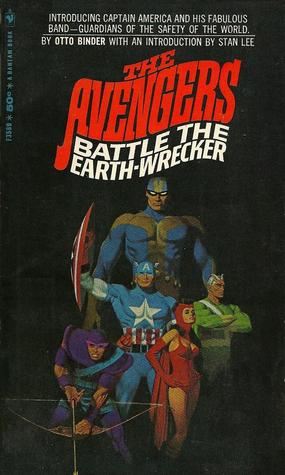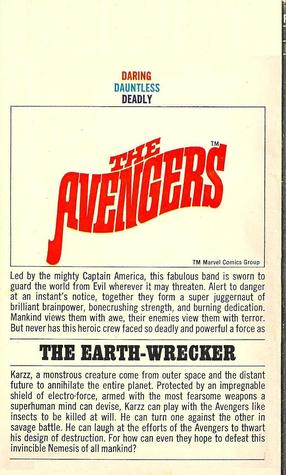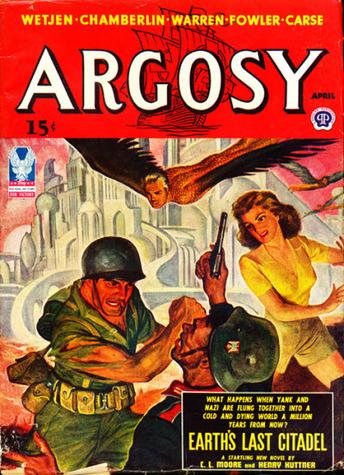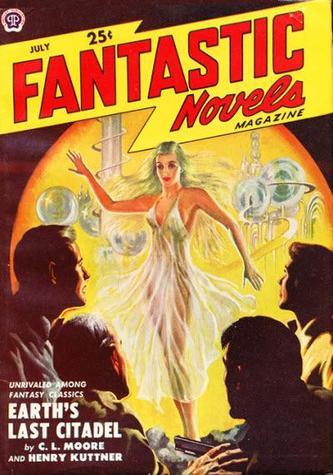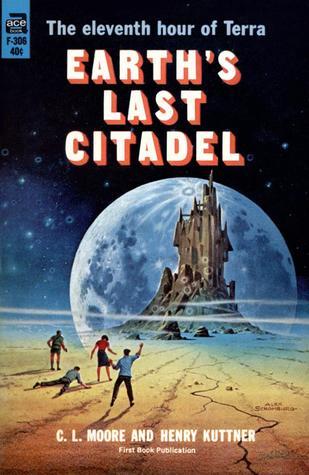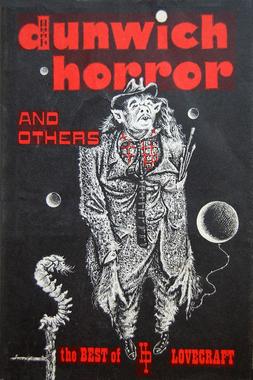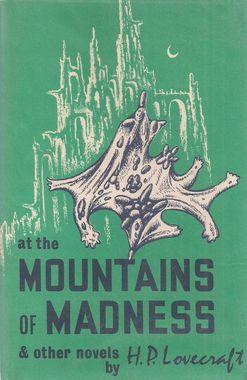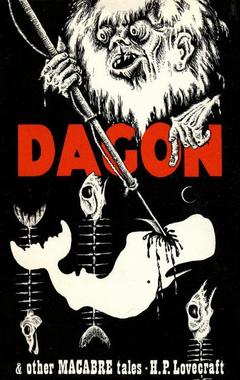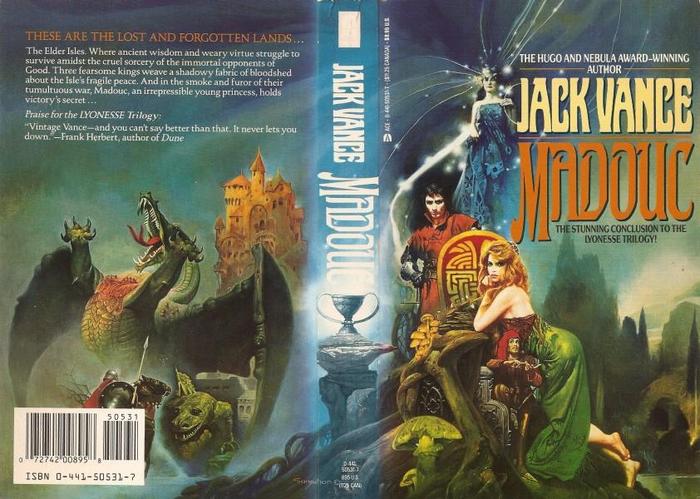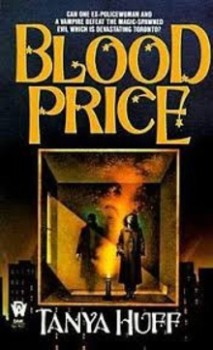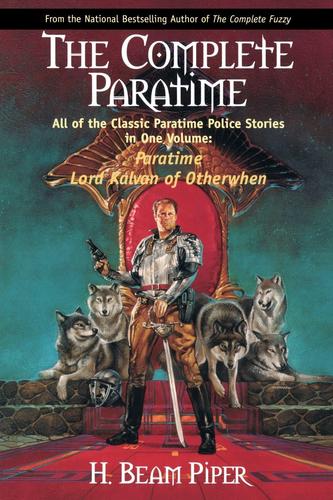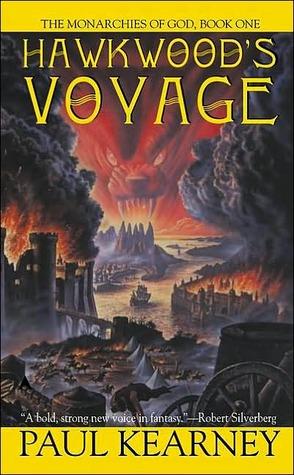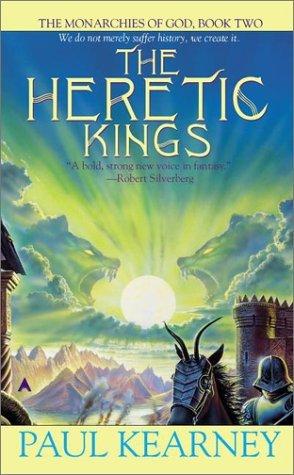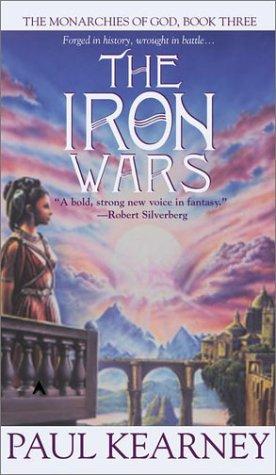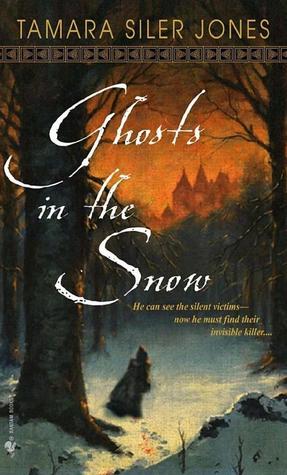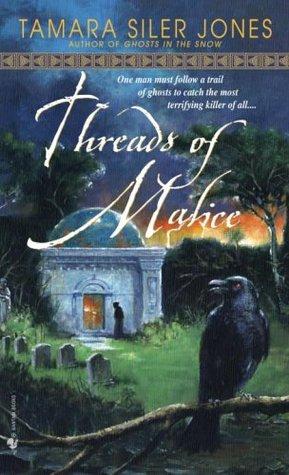Vintage Treasures: The Last T’En Trilogy by Cory Daniells
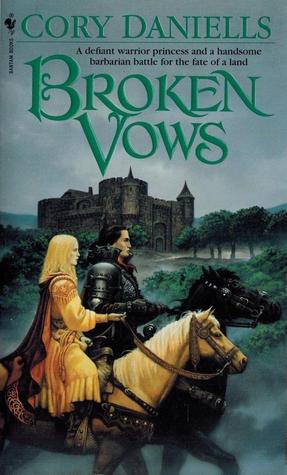 |
 |
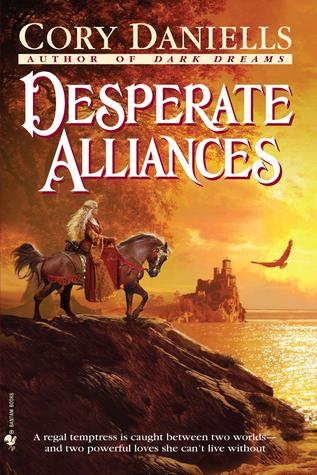 |
 |
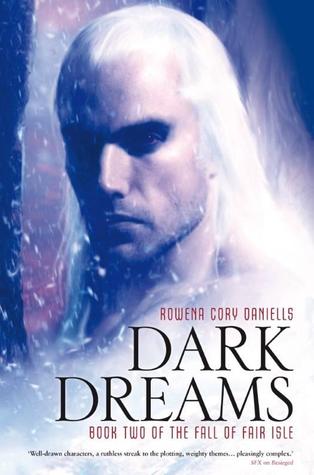 |
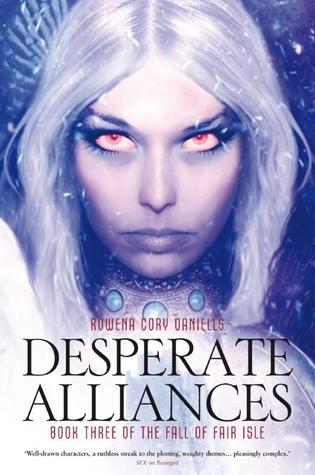 |
Two months ago, in my March New Releases article, I said a few words about a handsome omnibus volume from best selling author Rowena Cory Daniells, The Fall of Fair Isle, published in paperback by Solaris on March 10. A complete trilogy on one volume, it collects Broken Vows, Dark Dreams, and Desperate Alliances, all originally published over a decade ago and recently republished with new cover art. Together, they form a sequel to her epic fantasy saga The Outcast Chronicles.
After that, I kinda forgot about it. Until last week, when I was sorting through some old review copies that I received in the late 90s, while I was editor of SF Site. I found the original paperback editions from Bantam Books (above, top row) and, to be blunt, it took a few days before it dawned on me that they were the same series. Where the Bantam editions were packaged as high fantasy/medieval romances, the new Solaris versions are marketed as dark fantasy — with starkly different cover design, and under a different name. It’s one of the more interesting examples of a publishing make-over I’ve seen in a while.
